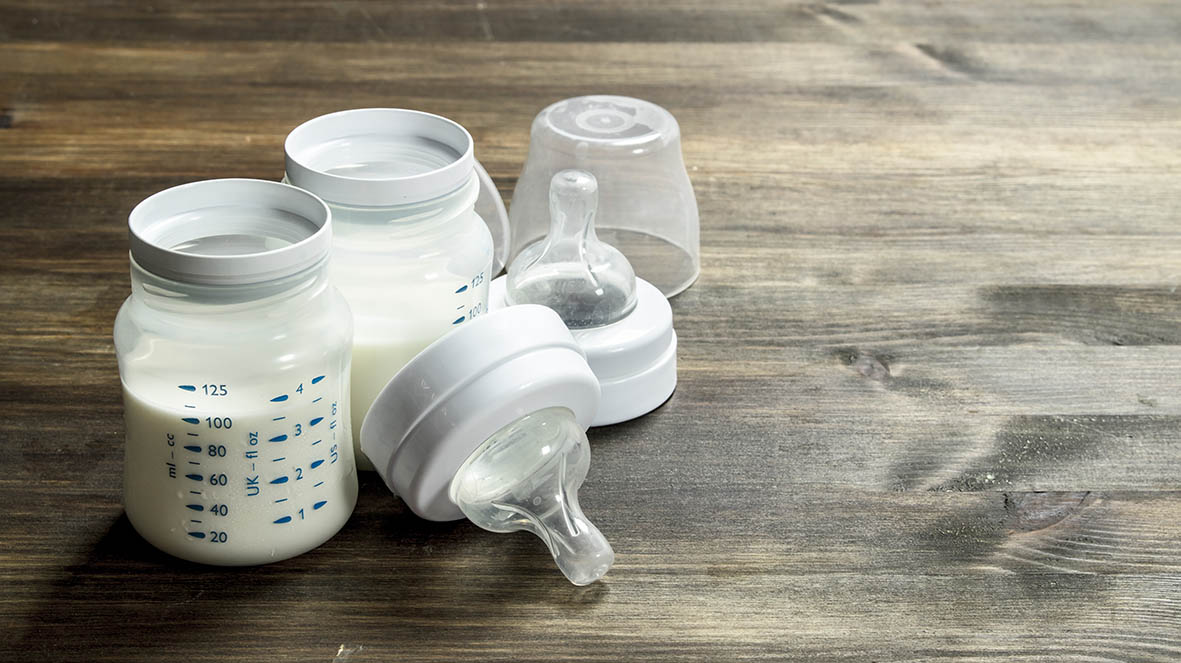Primary: The immature intestinal mucosa of newborns, particularly premature babies, and low lactase activity, resulting in poor lactose digestion and absorption.
Congenital: It is the result of autosomal invisible inheritance. These babies are relatively uncommon because they are born with low lactase levels and will have no future dietary exposure to lactose.
Secondary: It is more common in newborns and is caused primarily by an intestinal injury that results in lactase deficiency, such as infectious diarrhea. Lactase activity rises as the disease improves.

If your baby is lactose intolerant at birth, it is best to start with the maltodextrin-based lactose-free formula for babies and gradually transition to milk at around 1 month, starting with 1 scoop or 0.5 scoops to avoid further damage to the baby's gut from excessive lactose consumption. (Note: one scoop is about 4.5g for 30ml of water with one scoop of milk powder)
If the baby is suffering from lactose intolerance caused by infectious viruses, it is recommended that the baby's mother use lactose-free special medical formula while actively treating the baby's disease, consider transferring the milk after 2 weeks, and continue to monitor the baby's symptoms to adjust the transfer progress.
During infancy and early childhood, babies with congenital lactose intolerance who cannot consume breast milk or any food containing lactose can only consume lactose-free special medical formula.








